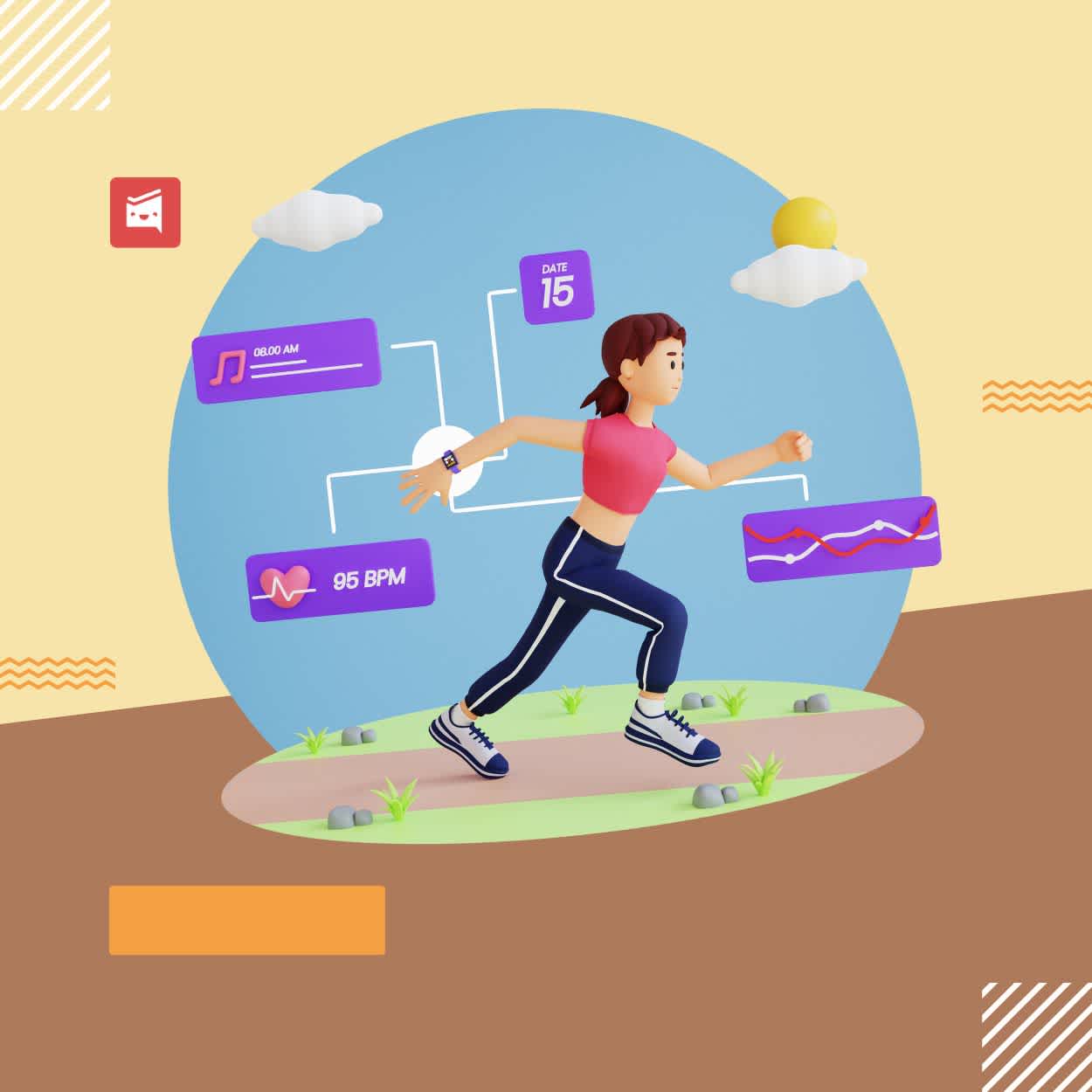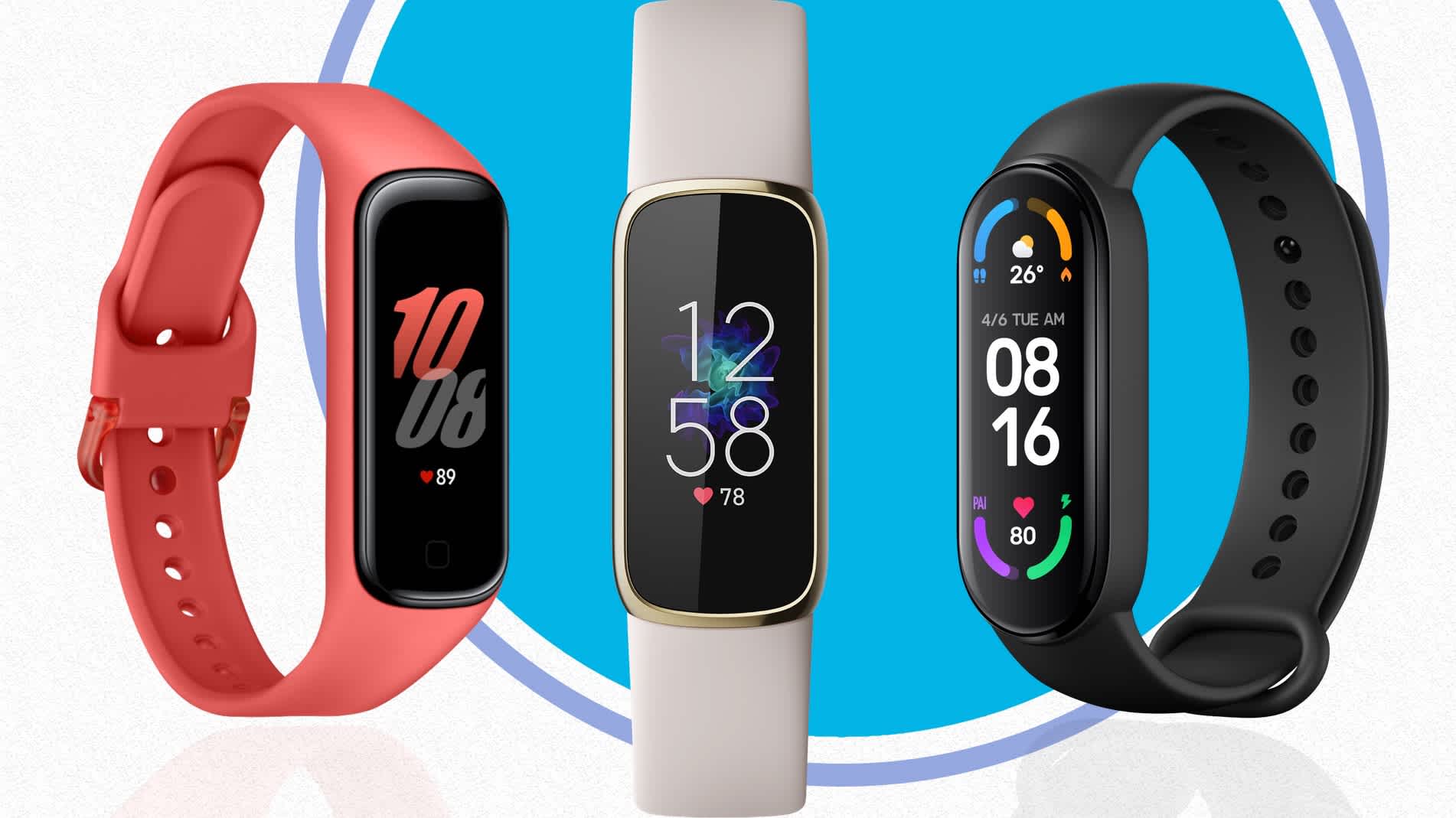How To Choose Fitness Trackers For Remote Employees
ByJulian Gette
Workast publisher

Workast publisher
In the dynamic landscape of remote work, prioritizing the well-being of employees has become paramount. As businesses adapt to dispersed work environments, nurturing the physical and mental health of remote staff emerges as a crucial concern.
Enter fitness trackers, an innovative solution to promote a healthy lifestyle while working remotely. These wearable devices not only track daily activities but also monitor vital health metrics, fostering a holistic approach to employee wellness.
In this article, we explore the pivotal role of fitness trackers in supporting the health and productivity of remote workers. By delving into the benefits and considerations, we aim to guide employers in choosing the right fitness trackers that align with the unique needs of their remote workforce, ultimately enhancing the overall work experience.
Integrating fitness trackers into well-being initiatives for remote employees brings forth a multitude of advantages. These devices serve as steadfast companions on the journey to improved physical and mental health.
Pareen Sehat of Wellbeings Couselling said, fitness trackers act as diligent monitors of daily activities. They encourage employees to maintain an active lifestyle even within the confines of their home offices. By tracking steps, distance, and calories burned, these devices provide insightful data, fostering a proactive approach to physical fitness.
Beyond mere activity tracking, fitness trackers delve into crucial health metrics, including heart rate and sleep patterns. This holistic monitoring offers employees valuable insights into their overall well-being, enabling them to make informed lifestyle choices.
Stress management features further contribute to mental well-being, offering real-time feedback and prompting users to take mindful breaks during the workday.
Selecting the right fitness tracker for remote employees involves a thoughtful evaluation of various factors to ensure seamless integration into their daily routines. Here are key considerations to guide employers in making informed decisions:
Before investing in fitness trackers, assess their compatibility with a range of devices and operating systems. Opt for devices that seamlessly sync with smartphones, tablets, and computers, ensuring a hassle-free experience for all employees.
Additionally, consider integration capabilities with other health and productivity apps, fostering a cohesive ecosystem that aligns with your wellness initiatives.
Effective fitness trackers for remote employees should offer features tailored to address the challenges of sedentary work. Look for devices equipped with sedentary reminders to prompt employees to take breaks from prolonged desk sessions.
Inactivity alerts during work hours can further encourage regular movement, contributing to a healthier work routine. Goal-setting features are essential, allowing employees to set achievable targets and track their progress, instilling a sense of accomplishment.
Sarah Boss, Clinical Director of The Balance Luxury Rehab said, long battery life is critical for uninterrupted tracking, ensuring that fitness trackers remain operational throughout the workday and beyond. Consider devices with durable construction, including water-resistant features.
They should be able to withstand daily wear and potential exposure to moisture. A robust and long-lasting fitness tracker ensures consistent monitoring, providing reliable data for employees and employers alike.
Charles Clark of Walk in tubs proposed, accuracy in health metrics is paramount for fitness trackers to deliver meaningful insights. Evaluate the device's accuracy in heart rate monitoring as well as the reliability of its sleep tracking features. Ensuring precision in these metrics enhances the overall effectiveness of the fitness tracker, allowing employees to make informed decisions about their well-being.
The user interface plays a pivotal role in the overall user experience. Andrew Johnson of Giveaways said, opt for fitness trackers with intuitive designs that facilitate easy navigation. A user-friendly interface should offer customization options, allowing employees to personalize their settings and preferences.
Clear and accessible data presentation ensures that users can easily interpret and act upon the information provided by the fitness tracker.
As fitness trackers collect sensitive health data, prioritize devices with robust privacy and security measures. Ensure that the data is encrypted and stored securely to protect employees' privacy.
Clearly communicate the data access boundaries between employers and employees, fostering a transparent and trust-based relationship regarding the use of health-related information.
While considering features, it's crucial to align choices with budget constraints. Fitness trackers come at a range of prices, and finding a balance between features and affordability is key. Evaluate the potential long-term cost savings, taking into account the positive impact on employee health and productivity, which can outweigh the initial investment.
Look for fitness trackers with gamification features that can motivate employees through friendly competition and rewards. Social sharing options allow employees to connect and share their achievements, fostering a sense of community even in remote settings.
Actively involve employees in the selection process to ensure that the chosen fitness tracker resonates with their preferences and motivates sustained usage.
By navigating these considerations, employers can make informed decisions that align with the unique needs of their remote workforce, creating an environment that promotes both physical and mental well-being.
By carefully selecting fitness trackers that seamlessly integrate into the remote work lifestyle, organizations can contribute to the overall health and satisfaction of their employees.
Which fitness tracker do you use when working remotely? Talk to us in the comments below!
